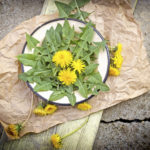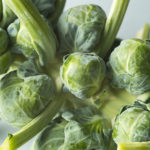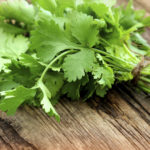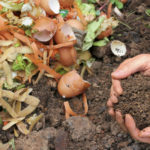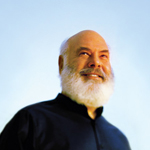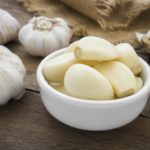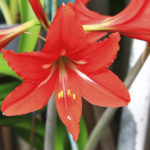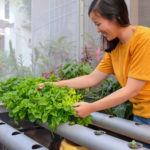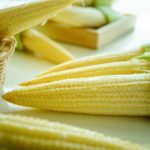Making Good Compost
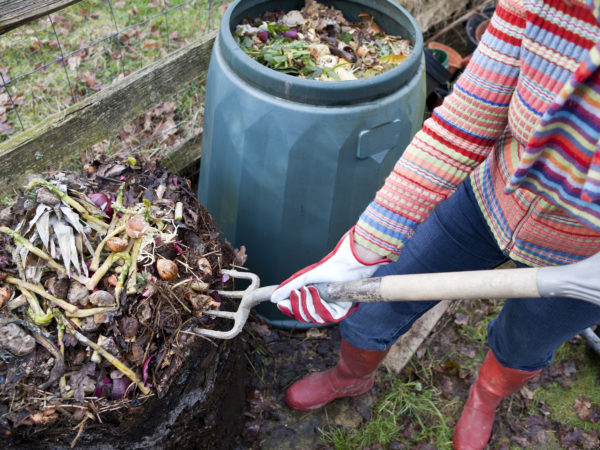
Composting will change your mind about your home and landscape. What you once saw as garbage (fall leaves, fallen limbs of trees, kitchen scraps, even paper and cardboard) can save you money and make your plot of land a healthier, more alive system.
Compost is mostly all you need for a good garden. There are some tricks to making good, beneficial compost. And there are also ways to make really bad compost. A few simple keys will keep you in line. Keep in mind that your particular situation may call for minor or major adjustments to this process. I live in a very hot climate. Some people live in mild or cold climates. Obviously there are major differences that pose unique challenges. Start with the advice below, then play around, experiment.
First you have to figure out which method is best for you. I personally find that setting up a good-sized pile is better than any of the compost bins, turners, etc on the market. It is easier to manage when adjustments need to be made, as I will describe. Set aside enough space to accommodate the amount of material you need to process. I suggest getting a good compost thermometer (one with at least a 20-24 inch stem). Invest in a good, standard shovel if you don’t already have one. Some people like pitchforks. There is also this handy compost tool you can get which thrusts into the compost and pulls up the core. You may need a tarp that can cover your pile, and you might want to fence it off if you have dogs, or other animals that might make a mess digging for nasty smelling goodies.
The first thing is getting the right mix. And you will have to play with it a little. But in general you want about a third green waste (leaves, kitchen scraps, etc), a third carbon (wood, paper, cardboard), and a third manure (cow or horse is best. Chicken manure is very “hot,” and I find it useless, though others find its tendency to burn plants can be reduced via long composting). Never use manure from meat-eating animals. If you want your pile to be more fungal (most plants like a somewhat fungal compost), you will want more wood. If you want your compost to be a more bacterial mix (best for plants like mustard relatives like cabbage, broccoli, cauliflower, Brussels sprouts, etc) lean heavier on the green material.
When you first mix up your pile, water it really well. You want the compost to be moist but not too wet. The important thing is keeping it aerobic. So if there is so much water that there are lots of pockets where no oxygen is present, your pile is too wet. If it is too dry, on the other hand, many metabolic processes will be impeded. A tarp can keep the pile moist enough for dry climates, while keeping too much rain from ruining the pile in rainy climates. Moisture is one element that varies a lot depending on where you live. Like I said: experiment.
It should take the pile a few days to reach a peak somewhere between 155 and 165 degrees F. When it reaches that temperature, you want to break up the core of the pile. Too long at high temperatures will have metabolic processes so high, oxygen will not be able to keep up and your pile will go anaerobic (something you don’t want). When you break up the pile, it will cool down. If your pile is not heating up, your mix might be off, your moisture might be wrong, or perhaps your manure is too old. The tarp might help a little, but you might just need to go looking for some fresher manure (a fun activity).
Several factors influence how long a pile’s breakdown might take: your climate, your mix, how big the pile is, etc. The temperature will eventually go down and when it gets close to ambient temperature, you have a ready-to-use source of food, microbes, and all you really need for a healthy system.
The final color should look like really good bittersweet chocolate with at least 70% cocoa – that deep dark brown color. If it is blackish, then things probably went anaerobic. The pile should also smell woodsy, fresh, like the out-of-doors. It should remind you of a nice hike in the woods. It should not smell like an outhouse, or vomit, or rancid food. If it does, again, it probably went anaerobic.
There are some things you can add to help your pile. First of all, if you find someone else with very good compost, steal some and add a little to your own pile. It will act as an inoculant of microbes. You can also get fungal or bacterial inoculants from gardening centers or online.
Please don’t add worms to this sort of compost. Worms function in a “cool” compost. Instead of the microbes breaking things down, the worms do (vermiculture). For those of you interested in vermiculture, keep your eye on these pages for a future article.
Once you have good compost, you can get into making compost tea for areas to which you cannot add compost, such as lawns or difficult-to-access container plants. Once you get a good compost pile and compost tea system going, you might never need to buy fertilizer again (organic or not). My next article will go into how to brew a good compost tea at home.
For resources, I have already mentioned the book Teaming With Microbes; A Gardener’s Guide to the Soil Food Web, by Jeffrey Lowenfels and Wayne Lewis. This book explains everything you need to know about compost. Another good book on compost is Let It Rot, by Stu Campbell. There are many online guidelines. Look for some specific to your area.
By Jared R. McKinley, Guest Commentator
DrWeil.com News
Updated by Jeffery Gladd, M.D. on Dec. 5, 2013.


